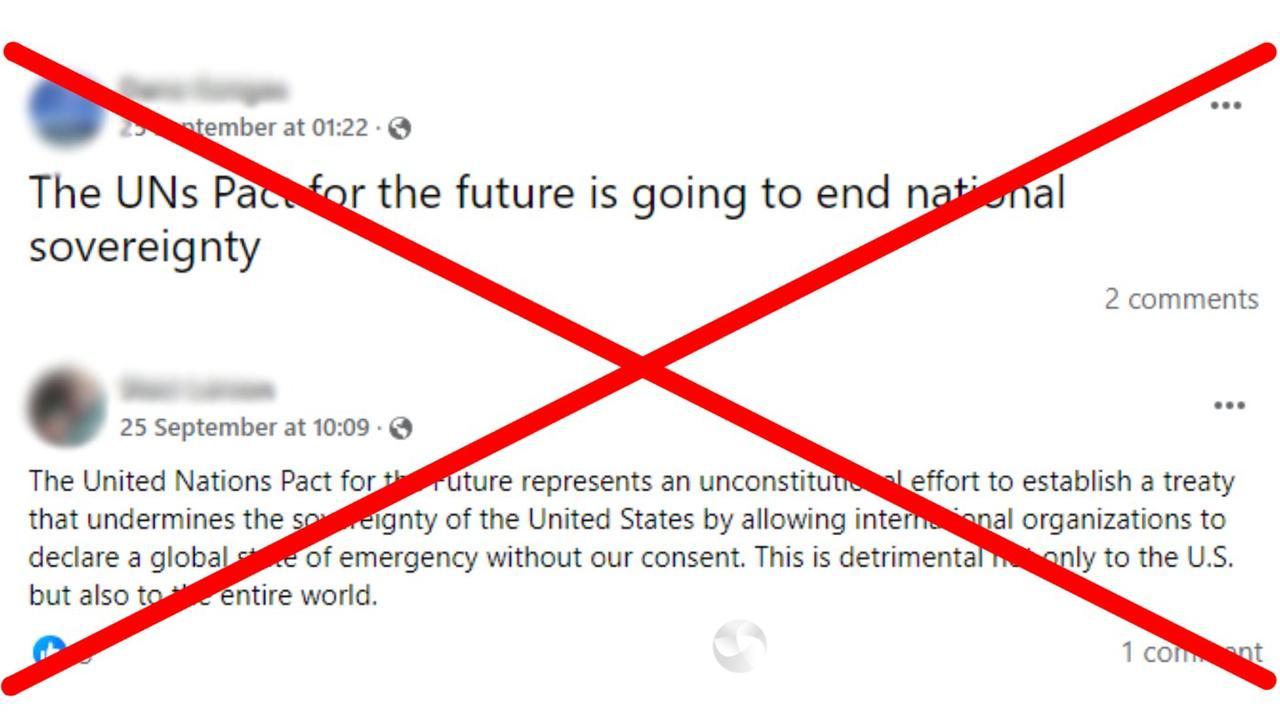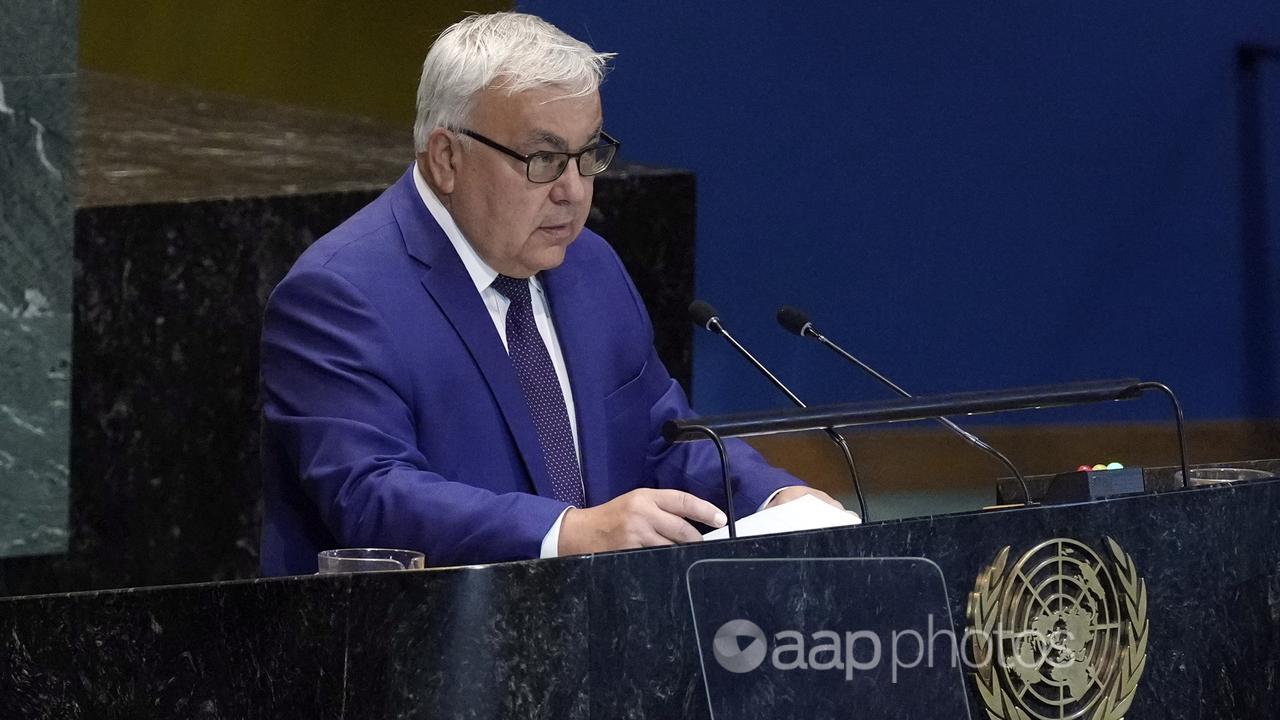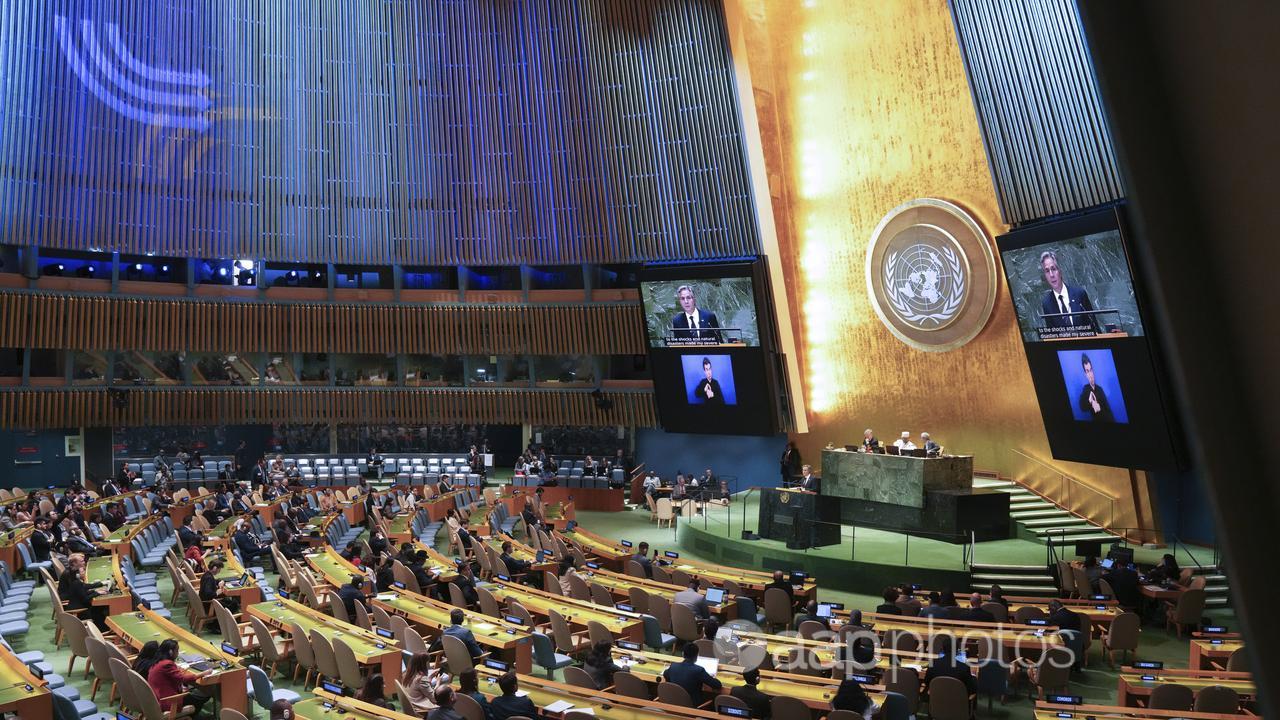AAP FACTCHECK – A United Nations (UN) pact will undermine member nations’ sovereignty and decision-making ability, social media posts claim.
This is false. The recently-approved pact is a broad, non-binding agreement that has no impact on a nation’s sovereignty.
“The UNs Pact for the future is going to end national sovereignty,” one Facebook post reads.
“The United Nations Pact for the Future represents an unconstitutional effort to establish a treaty that undermines the sovereignty of the United States by allowing international organizations to declare a global state of emergency without our consent. This is detrimental not only to the U.S. but also to the entire world,” another post is captioned.

The claims are being shared following the UN’s Summit of the Future held from September 22 to 23 in New York.
The Pact for the Future was adopted by the UN General Assembly at the opening of the two-day summit, despite opposition from seven countries including Russia and Iran.
It emphasises the importance of multilateralism and outlines 56 actions on issues including poverty, climate change, gender equality, conflicts, human rights and the UN’s Sustainable Development Goals.
The agreement includes two annex documents – the Global Digital Impact and Declaration on Future Generations – which deal with artificial intelligence regulation and considering the interests of the next generation in global decision-making.
Kristin Brandl, an associate professor of international business at the University of Victoria, said the pact has no impact on national sovereignty.
“[It] was signed to reiterate the commitment the UN member states had already made to the UN,” she told AAP FactCheck.
“Each member state has already signed and ratified the UN Charter when becoming a member, and this hasn’t changed through the pact.
“When signing then (and now), no sovereignty was ceded to the UN.”
Georgetown University law professor Lawrence Gostin also told AAP FactCheck there’s no truth to the claims.
“The Summit of the Future is a political pact that expresses the intent of world leaders to work together to solve the major problems facing the world now and in the future,” he said.

“It’s not a binding treaty and doesn’t grant the United Nations special legal powers over and above those in the UN Charter.
“Most importantly, nations of the world, including the US and Australia, do not lose their sovereignty.”
Dr Brandl said the pact is a pledge to better comply with the existing UN Charter.
“This is certainly clear when reading the pact in detail. It uses terms such as ‘recommitment’, ‘fulfil our existing commitments’, ‘reaffirm’, and so on.”
While the pact is more explicit in stating its actions, it is not outside the already existing commitments made by member states to the UN, Dr Brandl added.
“By signing the pact, member states signalled they’re still committed to the UN, multilateral systems and collaboratively solving global challenges, which has been questioned in recent years through nationalistic and populistic notions.”
In its Global Governance document, the UN also stipulates that the summit’s agenda is designed not to “interfere with existing mandates or sovereignty” (page 2).
The Verdict
False – The claim is inaccurate.
AAP FactCheck is an accredited member of the International Fact-Checking Network. To keep up with our latest fact checks, follow us on Facebook, Twitter and Instagram.
All information, text and images included on the AAP Websites is for personal use only and may not be re-written, copied, re-sold or re-distributed, framed, linked, shared onto social media or otherwise used whether for compensation of any kind or not, unless you have the prior written permission of AAP. For more information, please refer to our standard terms and conditions.


















